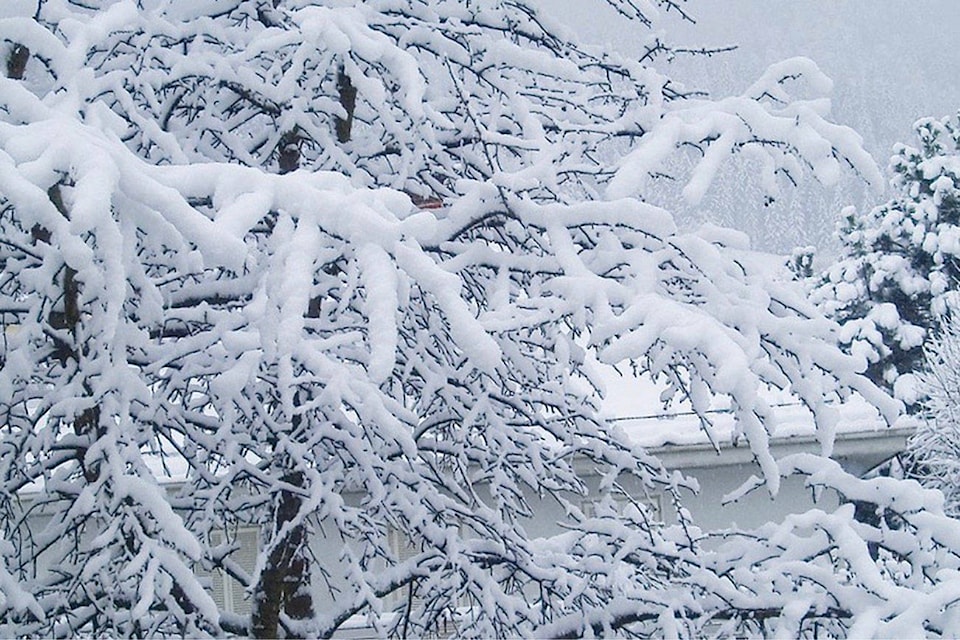It has been cold and snowy in the Okanagan and other parts of the province, and as many of us have been digging our way out of our driveways, it seems hard to believe this has been a dry winter.
The latest snowfalls, earlier this week, have blanketed Victoria, Vancouver and the Okanagan Valley beneath a fresh dumping of snow.
Despite this burst of winter, snow measurements show less snowfall than usual, and a considerably less than what was recorded last year.
The latest snow measurements from the Summerland Reservoir show a snow pack of 81 per cent of normal levels.
At Isintok Lake, the snow pack is 55 per cent of normal.
By comparison, last winter saw much more snow and in spring, the snow pack levels at Summerland’s sites were more than twice the historical averages.
Summerland’s snow measurements should be seen in the context of other readings taken elsewhere in the region and at other sites around the province.
The most recent results from the B.C. River Forecast Centre show the Okanagan Valley is at 86 per cent of its normal snow pack while the Similkameen is at 74 per cent of its normal levels.
For those who have had to cope with floods and high water levels in the past couple of years, the lower snow pack is welcome news as the snow pack is one factor in the risk of spring fooding.
However, it is important to remember that the latest figures, from Feb. 1, can change in the coming weeks.
Additional precipitation is still possible this winter.
In Summerland, the highest snow pack levels tend to occur around the beginning of April.
That date is still several weeks away.
A lot can happen between now and the time this winter’s snow pack melts in the spring.
